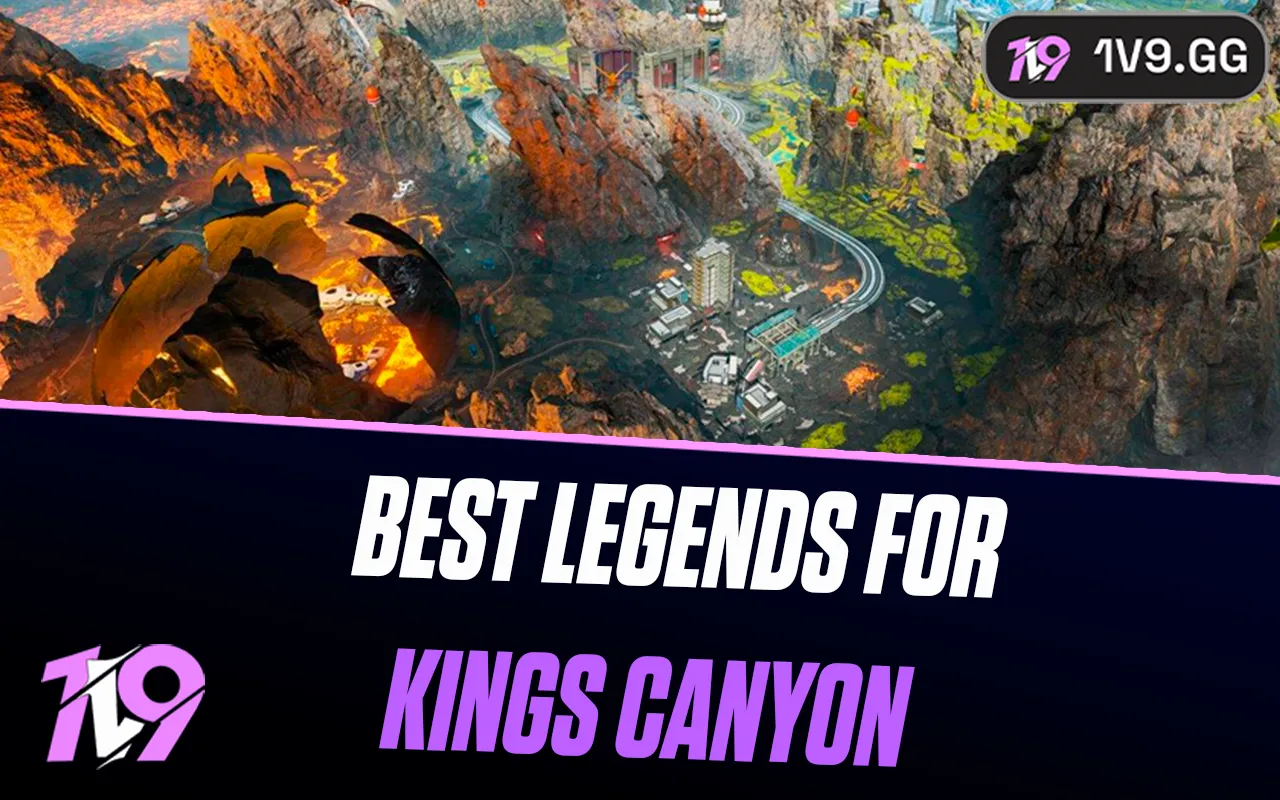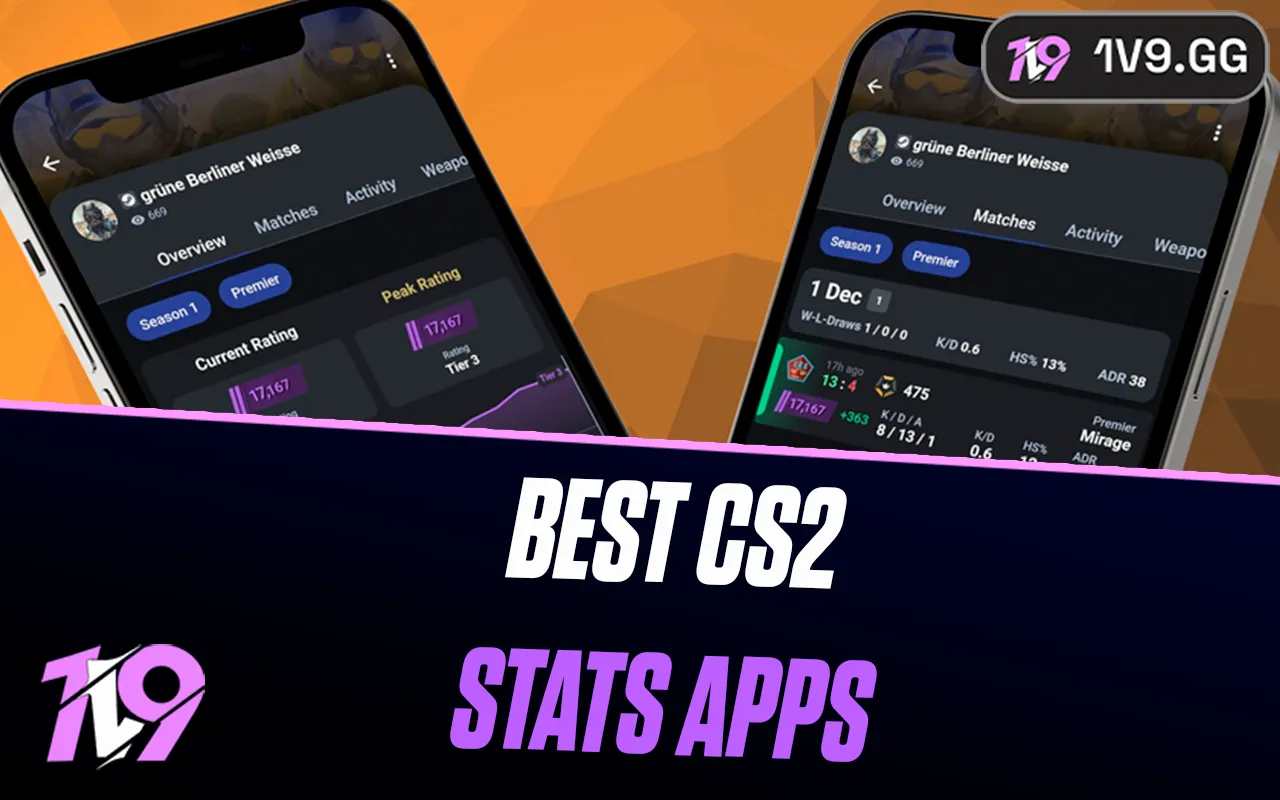
TFT Leveling Guide: How to Play Reroll Comps
Welcome to our comprehensive guide on mastering reroll comps in TFT! Whether you’ve heard them referred to as Hyper Roll or Slow Roll strategies, reroll comps focus on securing 3-star units to create an unstoppable team. This guide dives deep into the mechanics, strategies, and tips for playing reroll comps effectively. While we’ve discussed Leveling Strategies in a separate guide, this article is all about perfecting the art of rerolling.
Reroll comps have been a cornerstone of TFT gameplay since its inception. Back in the early days, strategies like Donkey Rolling—spending all your gold every turn to reroll aggressively—were surprisingly effective. Over time, these strategies have evolved, incorporating more nuance and flexibility, but the core idea remains: 3-star your key units for maximum impact.
In this guide, we’ll break down the essentials of reroll strategies and share actionable tips to help you climb the ranks with precision and confidence. Let’s dive into the world of reroll comps and learn how to execute them flawlessly!
What Is a Reroll Comp in TFT?

Reroll comps are team compositions centered around upgrading specific units to 3-stars by frequently spending gold to reroll for duplicates of those units. This strategy often leaves you at a lower level compared to players who prioritize leveling up instead of rerolling. However, the payoff is a significant power spike when your key units reach 3-star status, giving your team the strength to dominate opponents.
The goal of a reroll comp is to stabilize your economy and recover your gold reserves after securing your 3-star units. Once your 3-star carry or carries are in place, they should be strong enough to contend with other compositions featuring higher-cost carries.
Hyper Roll vs. Slow Roll
Before delving deeper, let’s clarify the two primary reroll strategies:
• Hyper Roll: This approach involves aggressively spending your gold, typically down to 20 or so, to quickly secure 3-star units. While you can roll all the way to 0, it’s generally not advisable unless you’re in a dire situation.
• Slow Roll: A more conservative method where you roll sparingly, keeping your gold above 50 to maximize interest income. Although slower, this strategy reduces the risk of missing your 3-star upgrades by maintaining a healthier economy.
Reroll comps often employ either Hyper Roll, Slow Roll, or a combination of both, depending on the state of the game and your position in the lobby. Mastering when and how to use each strategy is key to maximizing your success with reroll comps.
TFT Power Spike Stages
Understanding power spike stages is crucial in Teamfight Tactics, as these moments are natural opportunities to strengthen your team and gain an edge over opponents. Power spikes occur at specific intervals in the game, often following PvE rounds that grant loot such as gold and items. Additionally, certain stages align with Augment selections, further boosting your team’s potential. Here are the key power spike stages to keep in mind:
Key Power Spike Stages
1. Stage 3-2 (Second Augment)
This stage marks the second Augment choice and is a pivotal point for your team’s power. The additional loot from the prior PvE round combined with the Augment allows you to reassess your strategy, upgrade units, or strengthen your economy.
2. Stage 4-1/4-2 (Final Augment)
• Stage 4-1: Some players choose to power spike at this point to secure contested units, preserve a win streak, or stabilize if they’re struggling.
• Stage 4-2: Others delay their power spike slightly to save gold and leverage the final Augment choice to refine their composition.
3. Stage 5-1 (Endgame Setup)
This is typically the stage where players solidify their final team compositions. By this point, you’ll have access to more gold and items from the previous PvE round, allowing you to finalize upgrades and prepare for the final rounds.
Carousel Rounds as Secondary Power Spikes
Rounds such as 3-4, 4-4, and 5-4 (Carousel rounds) can also serve as mini power spikes. These moments allow you to secure critical components or completed items that can significantly enhance your team’s effectiveness. While these aren’t as impactful as the main power spike stages, they are valuable for reassessing your position and making adjustments to your strategy.
Adapting to Power Spikes
Power spikes are pivotal decision-making points in TFT. Depending on your situation, you may choose to:
• Spend Gold: If your team is weaker than your opponents, consider rolling for key units or upgrades to stabilize and avoid falling further behind.
• Save Gold: If your team is strong or you’re naturally hitting upgrades, use these stages to continue building your economy for a more powerful late-game push.
Flexibility Is Key
Every game is unique, and adapting your strategy to your current board state and opponents is critical. While power spikes provide a general framework, the best players understand how to adjust their decisions to make the most of each stage. Keeping these milestones in mind as you play reroll comps will help you identify the optimal moments to spend or save, improving your chances of success.
1-Cost Reroll Comps
Let’s dive into 1-cost reroll comps by breaking down strategies and stages for optimal play. These comps are designed to prioritize upgrading 1-cost units to 3-star, leveraging their early-game strength to dominate opponents and build toward a powerful late-game composition.
Game Plan: 1-Cost Reroll Comps
1. Focus on a Single 1-Cost Carry
• Build around one key 1-cost champion to carry your team through the early and mid-game.
• Look for multiple copies of this champion early to quickly 3-star them at a low cost, allowing you to power spike efficiently.
• Rebuild your economy after hitting your power spike, then use it to level up and add higher-cost units to enhance your comp.
• Early game itemization is critical; equipping the right items on your carry ensures you reach your power spike faster.
2. Build Multiple 3-Star Units
• Reroll for several low-cost units to create a synergistic team of 3-star champions.
• This approach focuses on building a team around multiple upgraded units rather than a single carry.
• While your levels may lag behind other players, your upgraded champions should compensate for the level gap.
• These comps tend to be more straightforward, as their progression and gameplay are relatively linear.
Some comps might fall into one of these strategies based on the champion or the specific situation. For example:
• Synergistic Rerolls: Champions like Jinx, Vi, Twitch, and Pantheon synergize well in reroll comps, creating strong teams.
• Solo Carry Reroll: A champion like Yasuo can act as a standalone carry, letting you prioritize leveling up quickly while maintaining a strong board.
Stage Breakdown: Step-by-Step Guide
Stage 2
• Avoid leveling up during this stage to maximize your odds of finding 1-cost units.
• Prioritize saving gold to hit interest thresholds (10, 20, 30, etc.).
• Use cheap 1-cost units to maintain some board strength while building your economy.
• Losing streaking can be advantageous, but don’t let your health drop too low—aim to balance HP and gold gain.
Stage 3
• At 3-1, roll aggressively (Hyper Roll) down to around 20 gold to secure a 3-star for your 1-cost carry. This is the last stage where you’ll be level 4, providing optimal odds for 1-cost units.
• By 3-2, you’ll naturally reach level 5. Let your upgraded 3-star carry win fights while rebuilding your economy.
• If playing a solo carry comp, aim to catch up in levels to play more traditionally—leveling to 6 by 3-5 and planning for level 7 in early Stage 4.
• For multiple reroll targets, save gold and begin Slow Rolling at 50 gold to upgrade other units.
Stage 4
• 4-1/4-2 is when the lobby hits its power spike. Your goal is to keep pace with this tempo.
• Solo Reroll Carry Comps: Transition to leveling up and adding strong units.
• Multiple Reroll Targets: Roll aggressively at level 6 to secure 3-stars across your key units. If you’re unlucky and behind, roll for upgrades or level to strengthen your board.
Stage 5
• At 5-1, focus on catching up to level 8 and completing your final team comp.
• Roll down as needed to find critical upgrades for your champions.
• If you’re in a strong position, start saving gold to push for level 9 or build additional 3-star units.
Stage 6
• Either roll down to finalize any remaining upgrades or reach level 9 to add another high-impact unit to your team.
• At this point, your comp should be fully built, and any extra resources can go toward luxury upgrades or positioning adjustments.
2-Cost Reroll Comps
Transitioning to 2-cost reroll comps introduces subtle changes compared to 1-cost strategies, with Level 6 becoming a key milestone for maximizing your odds of hitting 2-cost units. While the core principles remain consistent, the focus shifts to efficient gold management and capitalizing on the best timing to stabilize and power spike.
Game Plan: Key Approaches to 2-Cost Reroll Comps
Similar to 1-cost reroll strategies, 2-cost reroll comps can follow one of two main approaches:
1. Building Around a Single 3-Star Carry
• Center your comp around a primary 2-cost unit as your main carry.
• Once you hit their 3-star upgrade, focus on adding higher-cost units to enhance the comp’s overall power and synergy.
• This strategy offers a faster recovery of economy post-reroll and provides flexibility to transition into a traditional leveling path.
2. Multiple 3-Star Units
• Develop a team centered around upgrading multiple 2-cost champions to 3-star.
• These comps prioritize synergy and durability through several strong units rather than relying on a single carry.
• You’ll spend more time at lower levels to maximize your reroll chances, sacrificing immediate tempo for long-term power.
The chosen approach will depend on the champion pool, itemization, and your game state. Some champions, such as Yasuo or Swain, thrive as standalone carries, while others like Vi and Twitch excel in synergistic, multi-carry compositions.
Stage Breakdown: Step-by-Step Strategy
Stage 2: Build Your Economy
• Focus on maximizing your gold income by hitting interest thresholds (10, 20, 30, etc.).
• Unlike 1-cost reroll comps, you don’t need to stay at level 4. Depending on your board strength:
• Win Streak: If you hit early upgrades, consider leveling up to maintain a win streak and generate more gold.
• Lose Streak: If your luck is poor, preserve your economy by lose streaking to gain additional gold while keeping your HP in check.
• The goal is to enter Stage 3 with a solid economy, regardless of streak type.
Stage 3: Establish Your Foundation
Stage 3 is pivotal for 2-cost reroll comps. Your decisions here set the tone for the rest of the game.
1. Leveling to 6
• Aim to hit Level 6 at 3-2, where the odds for 2-cost units peak.
• If you’re behind or need to stabilize, roll down aggressively at this stage to 2-star your primary units and maintain a competitive board.
• Alternatively, if you’re ahead, delay leveling until 3-5 to save more gold and slow roll for your upgrades.
2. Slow Rolling
• After hitting Level 6, begin Slow Rolling (spending excess gold above 50) to chase your 3-star carry and other upgrades.
• Adapt your strategy based on natural rolls—pivoting into a reroll comp if you find many copies of a specific champion during Stages 2-3 can often be a strong play.
Stage 4: Secure Your Power Spike
• By 4-1, most players will level up to 7, but you’ll continue Slow Rolling at Level 6 to complete your 3-star upgrades.
• Aim to hit your main 3-star unit during this stage. Once achieved:
• Transition into Slow Leveling (spending gold above 50 to level up) to start catching up with the rest of the lobby.
• If you’re still missing upgrades by 4-5, consider rolling aggressively to avoid falling too far behind.
Stage 5: Stabilize and Adapt
• By 5-1, you should have your 3-star carry and be at least Level 7. If not:
• Roll down aggressively to avoid losing critical HP and secure your upgrades.
• With a strong carry and well-equipped 2-star supporting units, you should be able to compete with higher-level team comps.
• Once stabilized, decide whether to:
• Save gold to push for Level 8.
• Continue rolling for additional upgrades if your comp still feels weak.
Stage 6: Finalize Your Comp
• By this stage, your primary focus should be to hit Level 8, where you can complete your final team composition with powerful supporting units.
• If you’re already Level 8, roll down for critical upgrades or chase additional 3-stars if resources allow.
• Optimize your positioning and adapt to opponents to secure the best possible placement.
3-Cost Reroll Comps
Rerolling for 3-cost champions is often the trickiest strategy to execute in Teamfight Tactics. While Level 7 and 8 offer the highest odds for finding 3-cost units, the timing and risk associated with rerolling later in the game can make it challenging. This guide will break down how to approach 3-cost reroll comps and provide insights for success.
Game Plan: Two Primary Strategies
Like 1-cost and 2-cost reroll comps, 3-cost reroll comps revolve around two core approaches:
1. Multiple 3-Star Carries
• Focus on upgrading several 3-cost units to 3-star, creating a powerful synergy-based composition.
• Slow roll at Level 7 to maximize your chances of hitting multiple 3-star upgrades.
• These comps can rival Level 8 or 9 teams if you hit multiple 3-stars, allowing you to dominate fights without necessarily leveling up further.
2. Single 3-Star Carry
• Center your strategy around one main 3-cost champion as your primary carry.
• Depending on your situation:
• Many copies early (6 or more): Slow roll at Level 7 to quickly hit a power spike.
• Fewer copies (4 or fewer): Level up to 8, adding strong 4 or 5-cost units to complement your comp while continuing to look for your carry.
The chosen strategy depends on your game state and the champion pool. Some comps, like those featuring Swain or Vel’Koz, benefit from a solo carry focus, while others thrive on synergizing multiple 3-star units, such as Trundle or Twitch-based comps.
Stage Breakdown: Key Milestones and Decisions
Stages 2 & 3: Set the Foundation
• Early Game (Stage 2):
• Focus on building your economy by hitting interest thresholds (10, 20, 30 gold, etc.).
• Prioritize streaking strategies:
• Win streak: Level up aggressively if you find early upgrades.
• Lose streak: Save gold and aim to preserve HP while positioning yourself for future power spikes.
• At this stage, you’re not prioritizing 3-cost units, so use placeholder units that fit your game plan.
• Mid Game (Stage 3):
• At 3-2, level up to 6. You can roll aggressively here to 2-star your 3-cost carry if you have 2 copies.
• Hitting a 2-star 3-cost champion this early often results in a strong win streak for the remainder of Stage 3, giving you an economic edge.
• If you don’t have sufficient copies, focus on maintaining a stable economy and transitioning into Stage 4.
Stage 4: Solidify Your Board
• At 4-1, level up to 7 along with the rest of the lobby.
• If you’re on a win streak, prioritize leveling at 4-1 to maintain momentum.
• Otherwise, leveling at 4-2 can provide extra gold for rerolling or saving for later upgrades.
• Slow Roll or Save:
• If your strategy involves multiple 3-star units, begin Slow Rolling at Level 7 to upgrade your key champions.
• For solo carry comps, evaluate whether to continue Slow Rolling or save for Level 8 to access higher-cost units.
Stage 5: Finalize Your Comp
• By 5-1, decide whether to:
• Roll aggressively at Level 7 to hit your 3-star upgrades.
• Level up to 8 if you’re still missing key units or need additional flexibility for secondary carries.
• This stage is critical for securing your late-game position. Ideally, you’ll have your 3-star carry online or be in a strong position to reach Level 8 and complete your comp.
Stage 6 and Beyond: Optimize and Adapt
• If you’ve completed your 3-star units, begin saving to push for Level 8 or 9 to strengthen your board with additional high-cost units or traits.
• If you’re still chasing upgrades, roll down your gold to finalize your comp and secure key synergies.
• Focus on positioning and counterplay as the game approaches its conclusion.
Conclusion
Reroll comps in Teamfight Tactics offer a unique and rewarding playstyle that focuses on hitting powerful 3-star units to dominate the mid and late game. Whether you’re rolling for 1-cost, 2-cost, or 3-cost carries, the strategy requires careful economy management, smart decision-making, and adaptability to the state of the game.
By understanding when to Hyper Roll or Slow Roll, leveraging power spikes, and adjusting your strategy based on your carry’s cost, you can optimize your chances of success. Keep in mind that every game is different, and being flexible with your approach is key to climbing the ranks.
With this guide, you’re well-equipped to dive into the world of reroll comps, manage your gold wisely, and make the most of your champions’ potential. Perfect your timing, hit those upgrades, and enjoy the satisfaction of dominating your opponents with a well-executed reroll comp!
Posted On: November 18th, 2024
Recent Articles
💬 Need help?
Our 1v9 support team is available 24/7 to help you with any questions or issues you may have.
support@1v9.gg
Loading...
1v9.gg is not endorsed or affiliated by any game developers or publishers.
2025 1v9, All Rights Reserved, Created By NightDev







